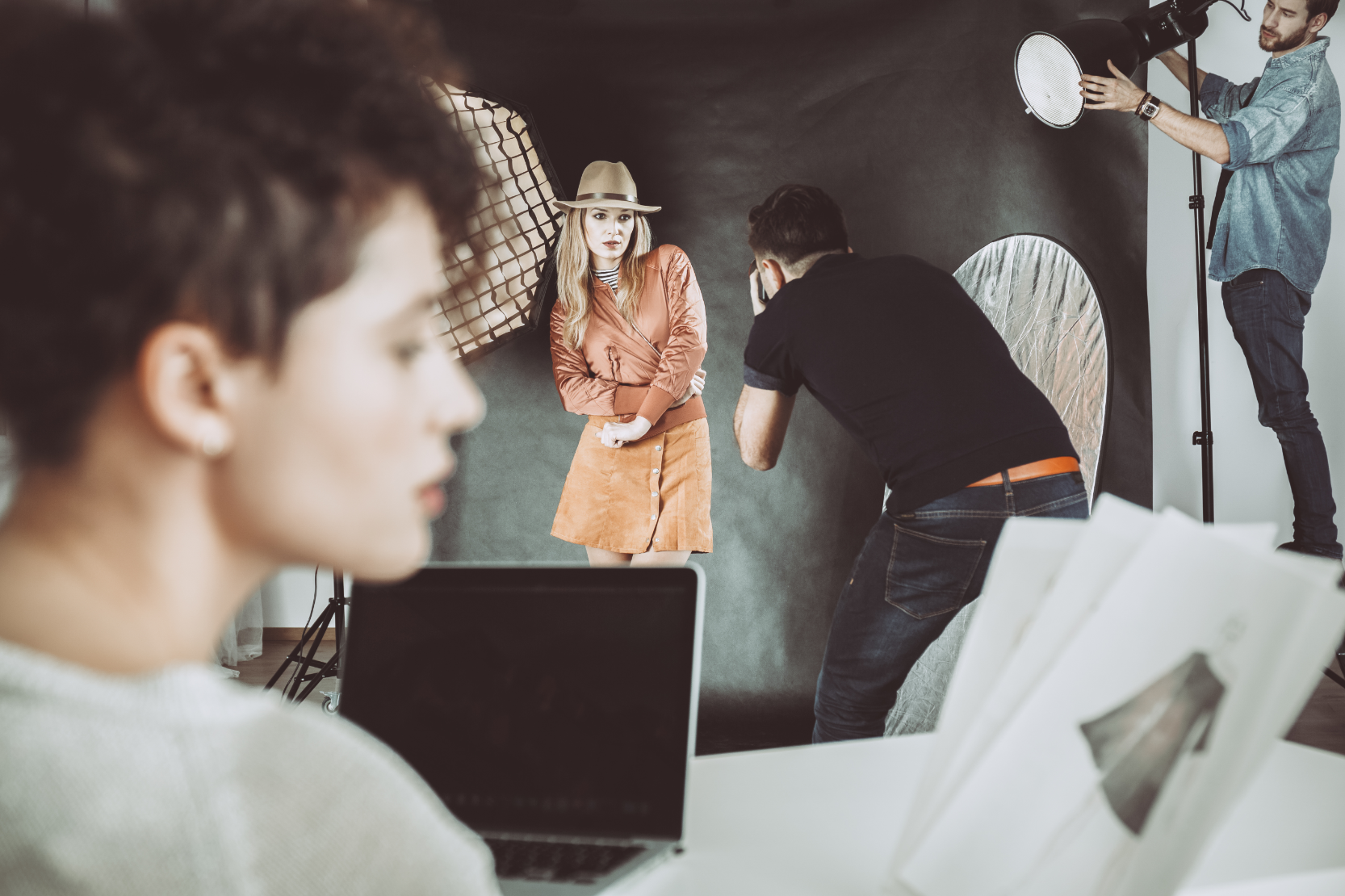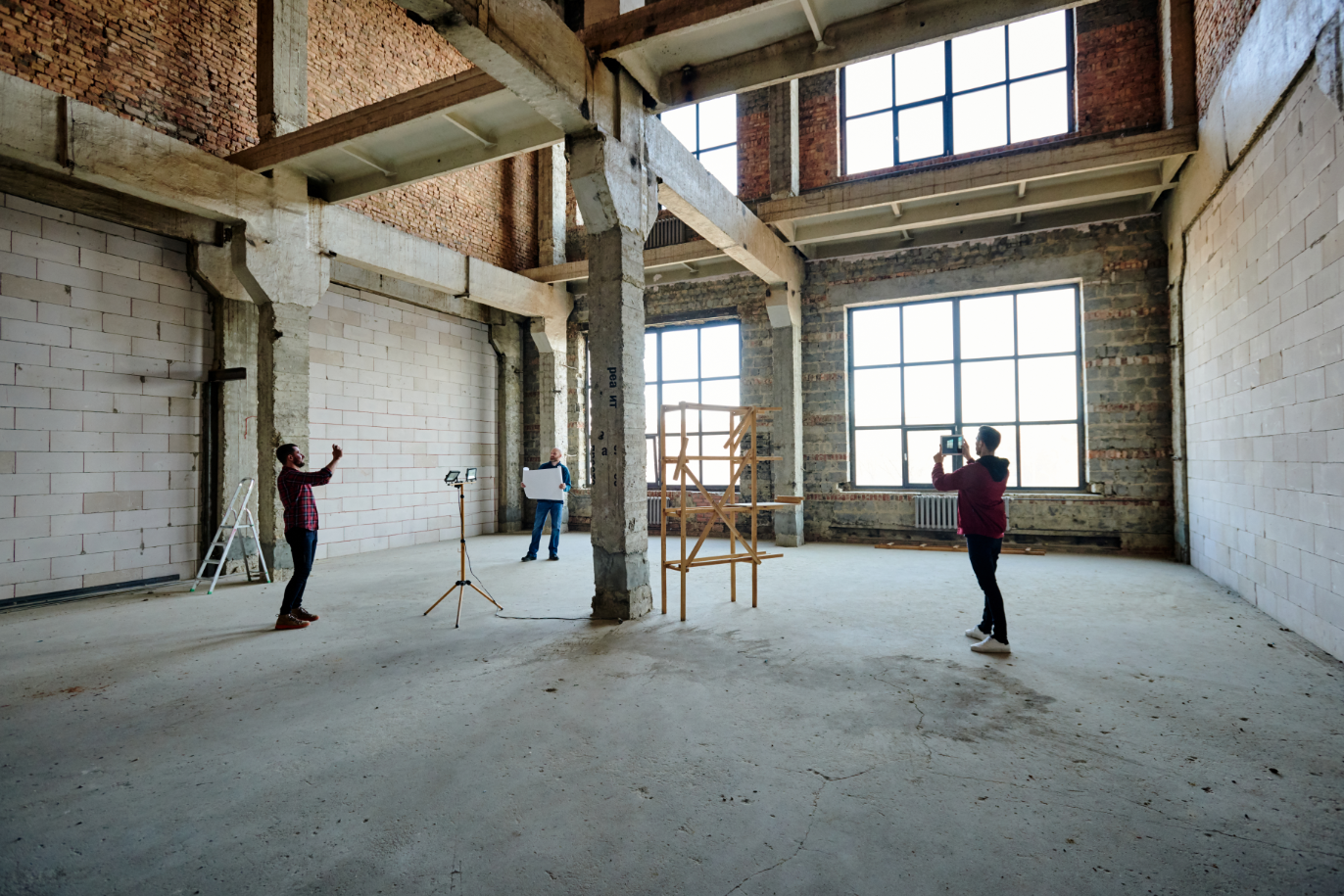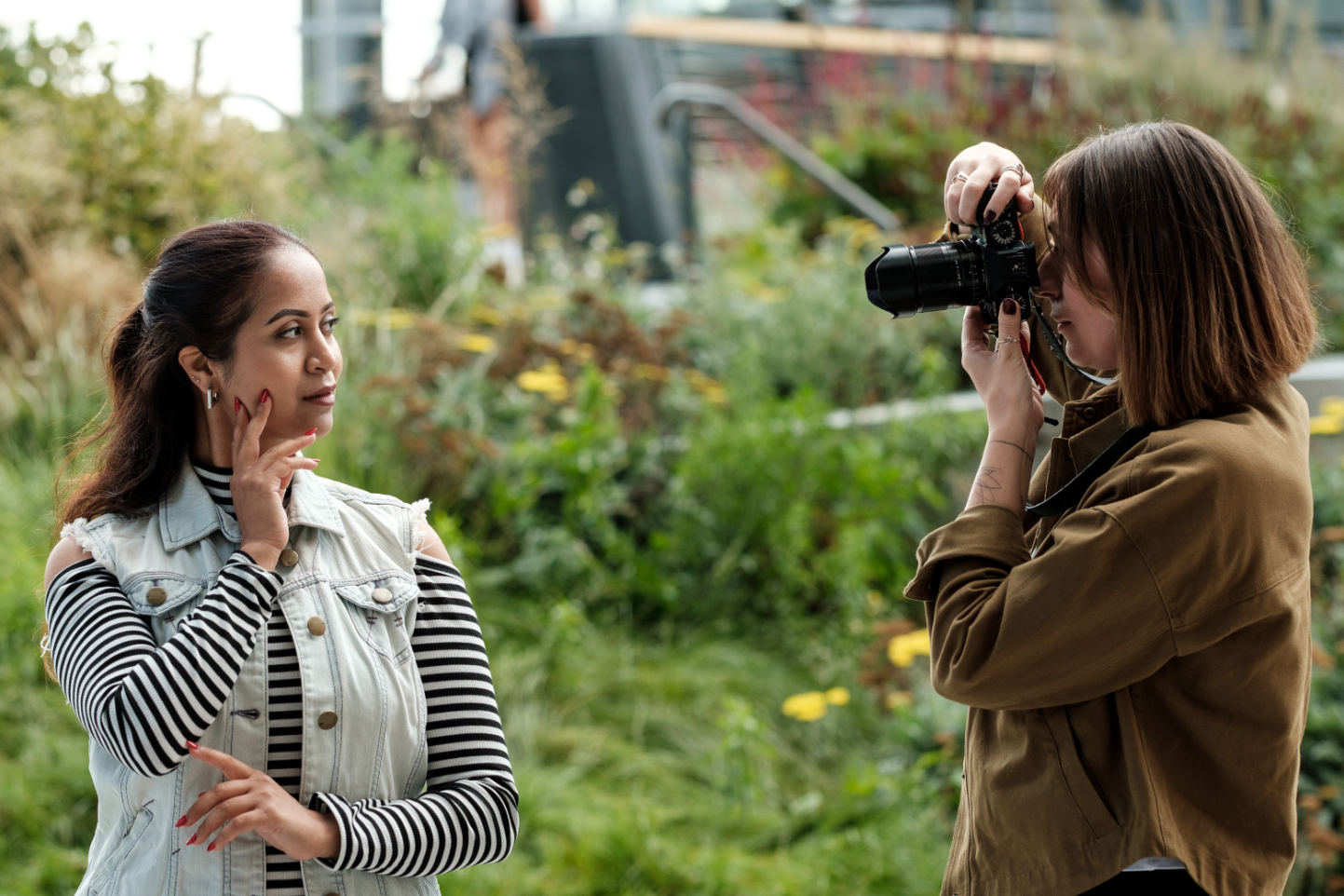Master Modern Visuals: 5 Pro Techniques for Any Project

In today's visually saturated world, simply having content isn't enough. To truly capture attention, convey your message effectively, and leave a lasting impression, your visuals need to be more than just pretty – they need to be professional, compelling, and strategically crafted. Whether you're a filmmaker, a marketer, a content creator, or someone just starting their visual journey, understanding the nuances of modern visual techniques is paramount.
The good news? You don't need a million-dollar budget or years of film school to elevate your visual game. With a few pro techniques and a keen eye for detail, you can transform any project from amateur to awe-inspiring. Let's dive into five essential strategies that will help you master modern visuals and make your work truly stand out.
The Art of Intentional Composition & Focus
Beyond the Rule of Thirds: Dynamic Composition
The "Rule of Thirds" is a fantastic starting point, but truly modern visuals often dare to go beyond. Dynamic composition involves making deliberate choices about where subjects are placed, how lines are used, and even how negative space contributes to the overall image. Think about leading lines that draw the viewer's eye, strong diagonals that add energy, or framing a subject through an interesting foreground element to add depth and context. It’s about creating a visual journey within your frame.
Experiment with off-center compositions, symmetrical balances, or even breaking traditional rules to create tension or draw specific attention. Consider how different angles – a low shot looking up, a high shot looking down – can dramatically alter perception and emotion. Don't just place your subject; compose your entire scene to tell a richer story, ensuring every element has a purpose and contributes to the narrative.
Mastering Depth of Field for Impact
Depth of Field (DoF) is a powerful tool often associated with cinematic visuals, but it’s applicable to any project involving a camera. It refers to the range of distance in front of and behind the main subject that appears acceptably sharp. By manipulating DoF, you can isolate your subject, create a sense of scale, or draw attention to specific details while artfully blurring the rest of the scene.
A shallow DoF, where only a narrow plane is in focus and the background is softly blurred (bokeh), is excellent for emphasizing a character or product, creating a dreamy or intimate feel. Conversely, a deep DoF keeps most of the scene sharp, ideal for showing vast landscapes or conveying detailed information within a wide shot. Understanding how aperture, focal length, and subject distance affect DoF will allow you to consciously guide your audience's eye and evoke specific emotions.
Weaving Stories with Color & Light
Strategic Color Grading & Palettes
Color is arguably one of the most potent emotional triggers in visual storytelling. Modern visuals aren't just about capturing accurate colors; they're about strategically applying a color grade or developing a cohesive color palette that reinforces your message, establishes a mood, and maintains brand consistency. Think about the stark, desaturated tones of a gritty drama versus the vibrant, warm hues of a romantic comedy – these choices are intentional and communicate volumes.
Before you even start shooting or designing, consider the emotional impact you want to achieve and select a palette that supports it. Are you going for cool, calming blues, energetic reds, or earthy, natural greens? In post-production, color grading allows you to unify disparate shots, correct inconsistencies, and apply a distinct stylistic look. Tools like LUTs (Look Up Tables) can be a great starting point, but always customize them to fit your specific vision, ensuring your colors don't just look good, but feel right.
Sculpting with Light & Shadow
Light isn't just for illuminating your subject; it's a sculpting tool that defines shape, creates texture, and sets the mood. Mastering modern visuals means understanding how to control and manipulate light and shadow to serve your project's purpose. High-key lighting, characterized by bright, even illumination and minimal shadows, often conveys optimism, openness, and purity. Low-key lighting, with its stark contrasts and deep shadows, is perfect for generating drama, mystery, or intensity.
Whether you're working with natural light or artificial sources, observe how light falls, how it creates highlights and shadows, and how it can be used to direct attention. Utilize techniques like three-point lighting (key, fill, and back light) to give your subjects dimension and separate them from the background. Even subtle adjustments to light direction, intensity, or diffusion can profoundly impact the visual aesthetics and emotional resonance of your scene.
Enhancing Engagement with Motion & Polish
Thoughtful Motion Graphics & Visual Effects
In today's dynamic digital landscape, static visuals often fall short. Thoughtful integration of motion graphics and subtle visual effects can significantly elevate engagement and information retention. This isn't about flashy, over-the-top animations; it's about using movement purposefully – from animated text overlays that highlight key points to subtle transitions that guide the viewer through a sequence, or even minimalist UI elements that enhance a narrative.
Consider how motion can enhance readability, add a modern polish, or break up monotony. For explainer videos, animated icons or data visualizations can make complex information digestible and engaging. For branding, consistent motion graphic styles (e.g., lower thirds, intros/outros) reinforce identity. The key is to ensure these elements serve the story and the message, rather than distracting from it. Prioritize clean design, fluid animation, and a cohesive style that aligns with your overall visual identity.
Conclusion
Mastering modern visuals is an ongoing journey of learning, experimentation, and refinement. By consciously applying these five professional techniques – dynamic composition, strategic depth of field, intentional color grading, sculpting with light, and thoughtful motion graphics – you'll be well on your way to creating content that doesn't just look good, but truly connects and resonates with your audience. Remember, every visual choice you make contributes to the story you're telling and the impression you're leaving.
Ready to bring your vision to life or need expert assistance in crafting visuals that truly stand out? The team at FilmBaker is dedicated to helping you achieve cinematic excellence and impactful visual storytelling. Let's create something extraordinary together. Get in touch with FilmBaker today!


